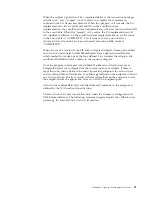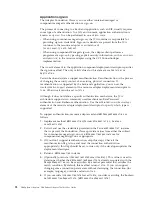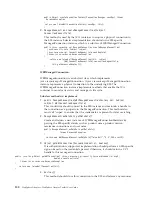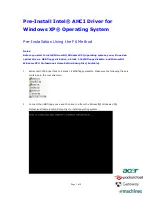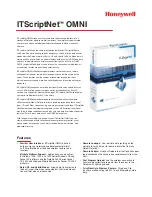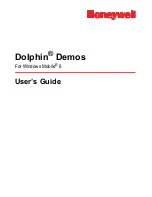
Field
Description
eventType
Corresponds to the Business Object Name
field of the event record
timeStamp
Corresponds to the Timestamp field of the
event record
eventStatus
Corresponds to the Status field of the event
record
Event detection:
Events detection mechanisms reflect the sources that trigger them: user actions in
the application, batch processes that add or modify application data, or database
administrator actions.
When an event detection mechanism is set up in an application and an application
event associated with a business object occurs, the application must detect the
event and write it to the event store.
Event detection mechanisms are application dependent. Some applications provide
an event detection mechanism for use by clients such as adapters. The event
detection mechanism may include an event store and a prescribed way of inserting
information about application changes into the event store. For example, one type
of implementation uses an event message box that receives messages from the
application when it processes an event of interest to the adapter. The adapter
application-specific component periodically polls the message box for new event
messages.
Other applications have no built-in event detection mechanism but have other
ways of providing information when application entities change. If an application
does not provide an event detection mechanism, you must use whatever
mechanism is available to extract information on entity changes for the adapter.
Among those mechanisms are database triggers, exit calls to programs that write to
event stores, or extracting information from flat files that aggregate application
changes.
In all cases, the event detection mechanism should ensure data integrity between
an application event and the event record written to the event store. For example,
the generation of an event record should not occur until all required data
transactions for the event have completed successfully.
Steps Involved
In general, an application event detection mechanism should take the following
steps:
1.
Detect an event on an application entity.
2.
Create an event record.
To create the record, the event detection mechanism should:
1.
Generate a unique event identifier (ID).
2.
Set the object key to the primary key of the application entity.
3.
Set the verb to the action that occurred in the database.
4.
Set the event timestamp.
WebSphere Adapter development overview
85
Содержание WebSphere Adapters
Страница 1: ...WebSphere Adapters WebSphere Adapter Toolkit User Guide Version 6 Release 2 Version 6 Release 2...
Страница 2: ......
Страница 3: ...WebSphere Adapters WebSphere Adapter Toolkit User Guide Version 6 Release 2 Version 6 Release 2...
Страница 6: ...iv WebSphere Adapters WebSphere Adapter Toolkit User Guide...
Страница 211: ...7 Start UTC using the Run universal test client option WebSphere Adapter development overview 205...
Страница 220: ...214 WebSphere Adapters WebSphere Adapter Toolkit User Guide...
Страница 224: ...218 WebSphere Adapters WebSphere Adapter Toolkit User Guide...
Страница 225: ......
Страница 226: ...Printed in USA...

























